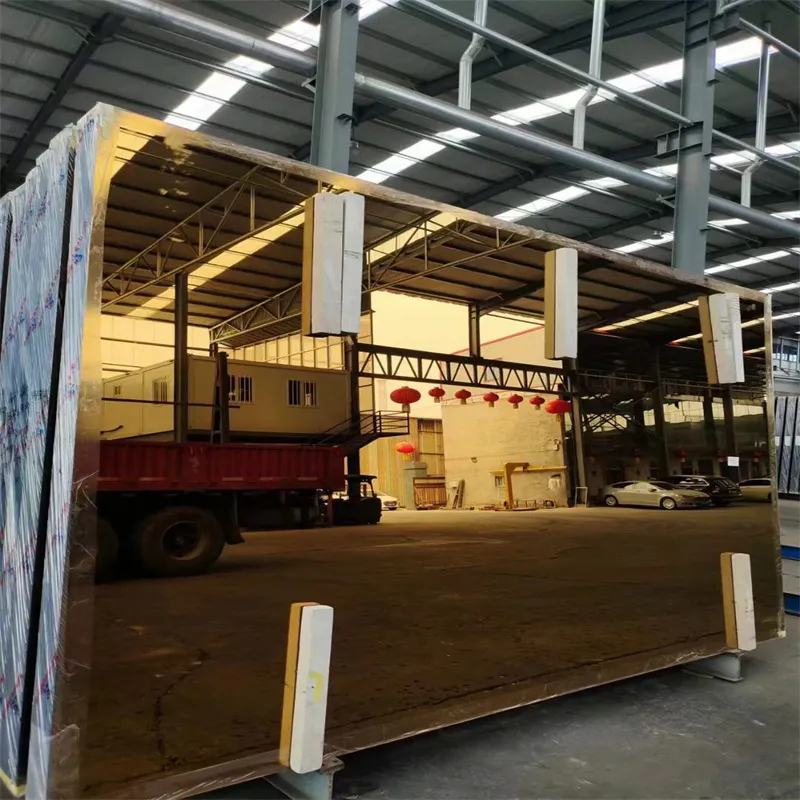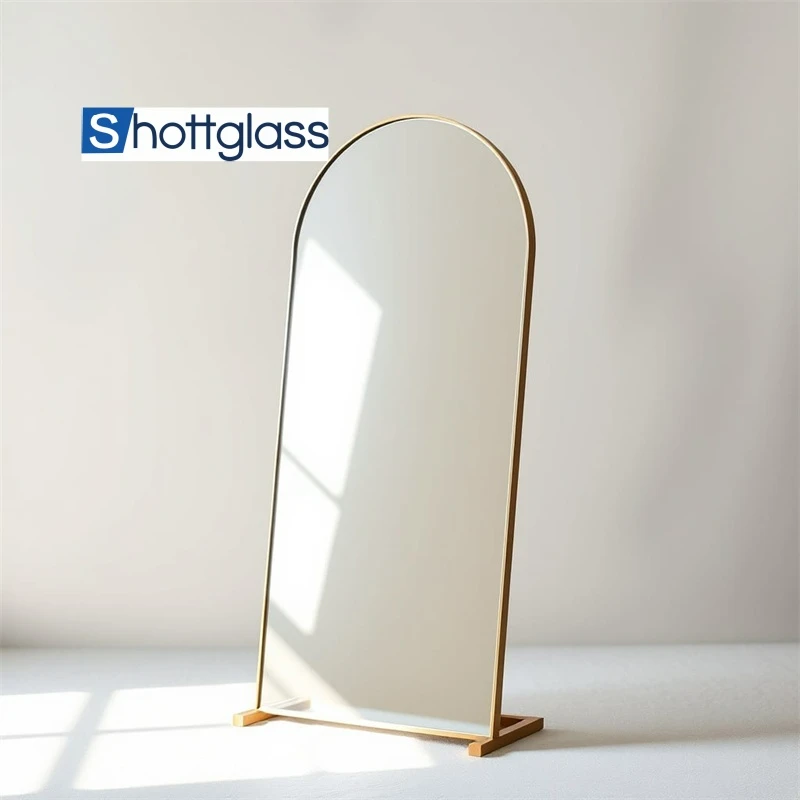Sep . 10, 2024 15:49 Back to list
Types of Low E Glass
Types of Low-E Glass
Low-emissivity (Low-E) glass has become an essential material in modern architecture and construction due to its energy-efficient properties. Designed to minimize the amount of ultraviolet and infrared light that passes through without compromising visible light, Low-E glass plays a crucial role in reducing energy consumption and enhancing indoor comfort. There are various types of Low-E glass, each tailored to meet specific needs and applications.
Types of Low-E Glass
2. Soft Coated Low-E Glass In contrast to hard coated glass, soft coated Low-E glass involves the application of multiple layers of metallic coating after the glass has been manufactured. This process allows for better thermal performance, making it a preferred choice for residential applications. Soft coated Low-E glass effectively reduces heat loss in colder months, thus providing energy savings over time.
types of low e glass

3. Dual Low-E Glass Dual Low-E glass incorporates two different types of Low-E coatings on a single sheet of glass. One side typically features a hard coating while the other has a soft coating. This combination optimizes performance for both summer cooling and winter heating, making it a versatile choice for various climates.
4. Low-E Insulated Glass Units (IGUs) Low-E IGUs are composed of two or more panes of glass, sealed together with a spacer and filled with argon or krypton gas. The Low-E coating is applied to one of the interior surfaces, enhancing insulation and energy efficiency. These units are commonly used in windows and facades, providing excellent thermal performance and reducing heat transfer.
5. Laminated Low-E Glass This type combines the benefits of Low-E glass with the safety features of laminated glass. It consists of multiple layers bonded together, offering enhanced security, sound insulation, and UV protection. Laminated Low-E glass is often used in high-traffic areas and in buildings where safety is a priority.
In conclusion, the various types of Low-E glass cater to diverse needs, balancing aesthetics with functionality and energy efficiency. As the demand for sustainable building materials continues to grow, Low-E glass remains a cornerstone in creating energy-efficient environments.
-
Sustainable Practices in a Modern Coated Glass Factory
NewsAug.07,2025
-
Insulated Glass Unit Installation Best Practices and Tips
NewsAug.07,2025
-
Frosted Glass Types and Custom Solutions for Sale
NewsAug.07,2025
-
Current Clear Float Glass Price Trends in Global Markets
NewsAug.07,2025
-
Comparing Different Types of Laminated Glass Performance
NewsAug.07,2025
-
Best Anti Fog Bathroom Mirror Solutions for Humid Climates
NewsAug.07,2025
Related PRODUCTS














